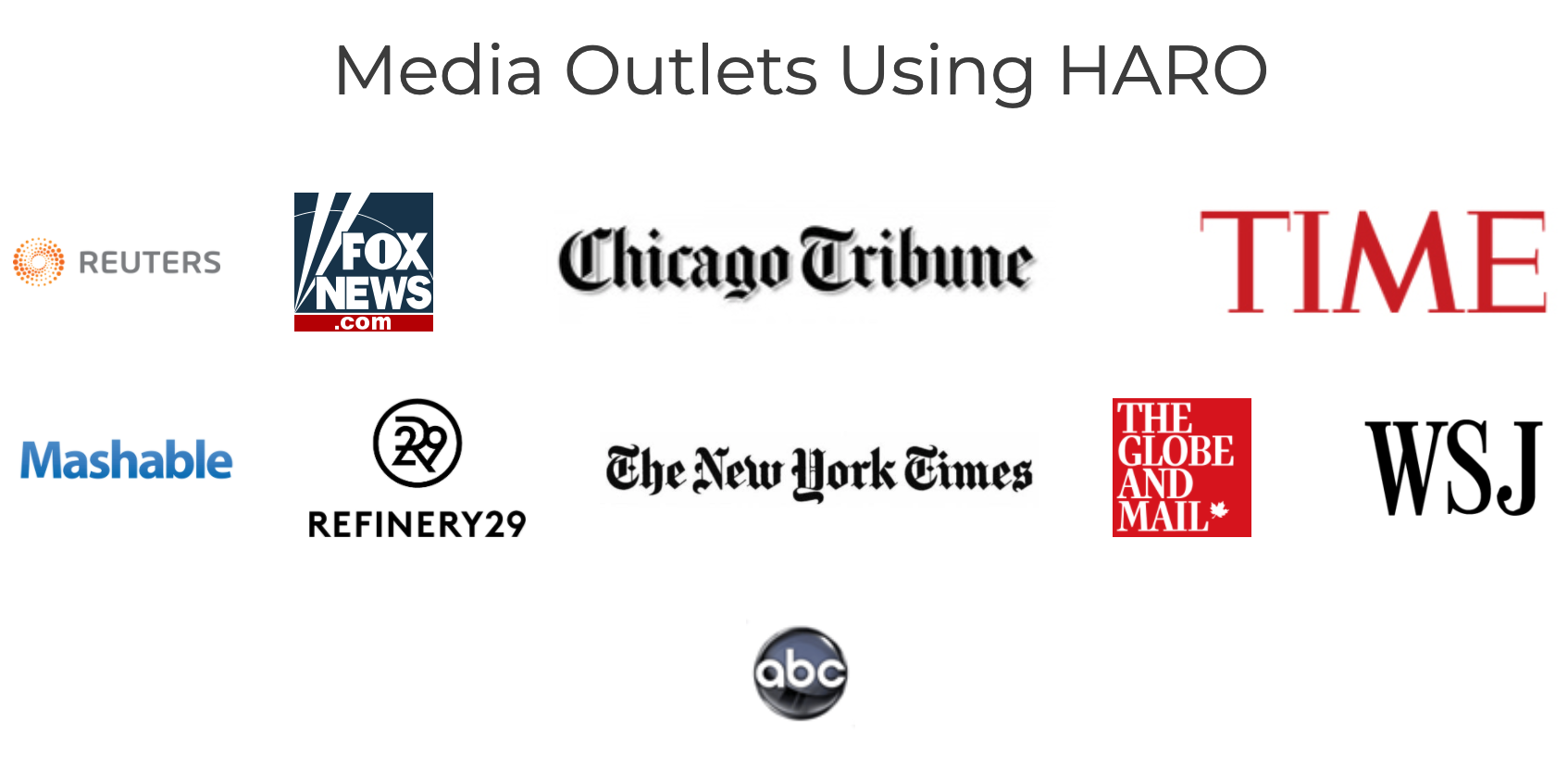Branding and Authorship Helps SEO

When most people think of “branding,” they think of logos, fonts, flyers, or ad campaigns. But there is much more to branding than how your brand looks or how you market your business online. It encompasses everything that makes your brand what it is. When it comes to search engine optimization (SEO), branding applies to the content you create, the keywords you target, the backlinks you attract to your site, and more. In essence, it’s a different type of branding – one where the primary goal is to gain your brand as much visibility as possible across the world wide web.
In what ways does branding play a role in SEO? Could branding and authorship be the key to driving more traffic to your site? In this guide, we’re covering why branding matters for SEO, as well as ten ways to take your brand to the top.
What is Branding and Why Does it Matter?
Branding consists of multiple elements that make up the entire snapshot of your company. This may include your visual branding (logo, colours, fonts, etc.), your brand voice, your company values, your marketing channels, and more. Branding allows you to express what your brand represents to your target audience.
Branding is vital in that it sets your business apart from your competitors. When you can communicate how you are unique, potential customers are better able to understand the benefits your business has to offer, why you’re better than the competition, and why they should work with you.
A few benefits of having a good branding strategy include:
Creating a cohesive brand identity across multiple marketing channels
Building authority in your niche, both online and offline
Increasing brand loyalty by building trust with customers
Having a visual identity that’s memorable and stands out from other companies
Communicating your brand mission and values, which resonate with your target audience
Branding applies to nearly every area of your business, including SEO. If you are using SEO to generate traffic for your website, then you’ll want to incorporate branding and authorship into your SEO strategy.

Authorship and SEO
If you are familiar with SEO, you may have heard of another acronym: E-A-T. EAT stands for Expertise, Authority, and Trust, and represents three factors that Google uses to assess how much trust it should put in a website or brand.
To build EAT, brands need to invest in authority building, high-value content, and authorship (guest posting). By publishing industry-related content across the web, you signal to Google that your brand can be trusted as a reliable course of information. With all this in mind, you’ll want to work EAT into your SEO strategy by improving your brand messaging and getting featured in publications online.
Drive SEO Success with Branding and Authorship – 10 Tips
Branding and authorship can help improve your SEO by sending trust signals to Google and other search engines. When search engines trust your website as a reliable source, they are more likely to rank your content, directing more visitors to your site.
Follow these ten tips below to increase your brand’s authority, generate more traffic, and create a following of loyal customers.
1. Optimize Your Social Media Profiles
Search engines utilize multiple signals to create a holistic snapshot of a brand. These include social media signals based on how brands are represented on their social media accounts.
By thoroughly filling out your social media profiles, you give search engines more context about what your business does, as well as confirm that it actually exists. The more signals that point to your business as being a verifiable business, the more likely search engines are to trust your site.
Be sure to complete the About sections on your Facebook, Instagram, LinkedIn, and Twitter profiles. Add professional images, share current content, engage with your followers, and otherwise give any indication that your brand is active on social media.

2. Publish Author Names and Biographies on Your Website
Google’s Quality Rater Guidelines state that “Understanding who is responsible for a website is a critical part of assessing E-A-T.” They advise that websites provide information about who writes for the site, what their background is, and why they are qualified to provide this information.
You can improve E-A-T on your website by including complete author bios for yourself and your contributors. Be sure to include the author’s name, a short bio, a profile photo, and links to their website and/or social media accounts. The more experienced and reliable a source is, the better, so there’s an incentive to source content from the best contributors possible.
3. Submit Your Business Information to Industry Directories
Search engines want to see that your site has earned backlinks from industry-related directories, not just random directories. Not all directories are created equal and some may actually do your site more harm than good.
Do a Google site for “[ industry ] directories”, review your options to find directories that seem legitimate, and submit your business information to get listed. These listings offer additional signals to Google that your business exists, and they may even direct backlinks to your site.

4. Invest in Your Personal Branding
Your business branding doesn’t stop with your company. If you are the face of your company, you’ll want to make sure your personal branding is on point as well.
A few ways to do this are to get featured in publications, land interviews, write guest posts, or get featured on podcasts. Each of these is likely to include a bio about you and even include a link to your business website. Not only that, but the more you are seen as an expert in your niche, the more Google will see your site as being high in E-A-T.
5. Prune Your Low E-A-T Content
If you have old content on your website that may be low in E-A-T (perhaps, from non-expert contributors or that contains outdated information), you can remove this to improve your SEO.
Many website owners accept guest posts to fill their blogs with little consideration of the source. If a contributor isn’t regarded as a reliable source or industry expert, this may hurt your site.
Go through all of your old content to determine what content needs to be updated or removed completely.
6. Submit Guest Posts to High-Authority Blogs
Again, not all directories are created equal and neither are other websites. Submitting a guest post for the sake of getting any ol’ link may not help you if it’s not a high-authority website.
Instead, seek out sights that are in your industry, get a decent amount of traffic, and have high domain authority (you can use tools like Moz.com to check domain authority). Then, submit guest posts that include your full name, a bio, and preferably, a link back to your brand’s website.
For example, getting a backlink from Bruce Clay versus getting a backlink from a guest post written by someone unknown to Google would be 10X more effective, no matter which website it came from.
7. Feature Industry Experts on Your Blog
Instead of sourcing content from random contributors, try to prioritize getting industry experts to write for your site. You can often incentivize them by offering a backlink or promising to share the content across your marketing channels.
Beyond accepting guest posts, you can interview experts on your site. Include a blog post and/or video, making sure to mention the expert’s name a few times. This might even earn you a link back from their site.

8. Get Featured in Major Publications
HARO(Help a Reporter Out) is a platform that helps brands, writers, and industry experts get featured in major publications. Getting featured can direct traffic to your site, increase your brand authority, and earn you a high-quality backlink.
Simply sign up for HARO to get opportunities sent straight to your inbox for free. Or, you can conduct manual outreach to major publications (think Business Insider, Search Engine Journal, or Marketing Land) to get featured.

9. Generate Positive Reviews for Your Business
Your brand’s reputation is everything, and one of the best indicators of a good reputation is positive reviews. That’s why you should commit to asking for reviews from your past customers or clients to fill all your social media and directory platforms.
You can send out an email campaign asking your customers to submit their reviews to Google My Business, Yelp, Facebook, LinkedIn, Yellow Pages, and more. Not only will prospective customers see your positive reviews, but search engines will see your brand as reliable as well.
10. Moderate User-Generated Content
If you’ve had a website for a while, you know that the comments section can become spam central. Make sure you filter through these comments to make sure they are legit, provide value, and don’t contain spammy links to other websites.
Additionally, go through your social media profiles and listings to remove spam comments or fake reviews. Your goal is to clean up your brand’s presence across the web so search engines know your brand can be trusted!

Improve Your SEO with E-A-T Today
The Expertise, Authority, and Trust associated with your website can make a huge difference when it comes to your site’s SEO. You want users and search engines to see your brand as trustworthy, so it’s important that you invest in branding and authorship.
By following the 10 tips above, you can improve your site’s authority and generate more traffic to your website. Not only that, but you’ll solidify your brand’s reputation as a reliable company and trustworthy source of information.
Need help with your website SEO? Contact us today to learn more.


